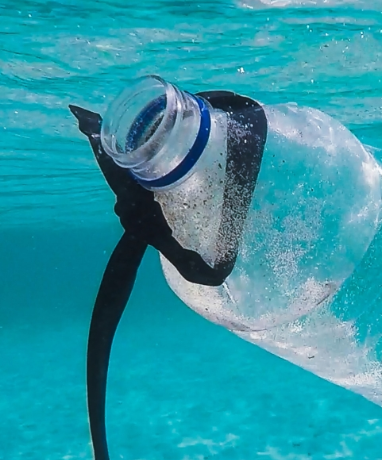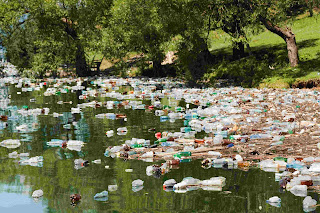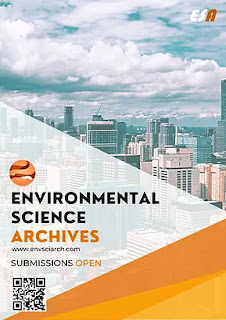Iron Oxide Nanoparticles and Vermicompost

Impact of Iron Oxide Nanoparticles on the Growth, Vermicomposting Efficiency and Nutritional Status of Vermicompost through Eisenia fetida Goyal A et al. (2023) The advent of nanotechnology has led to the presence of an enormous amount of nanoparticles (NPs) in the environment, especially in the soil where earthworms, the major megafaunal species, are continuously exposed to these NPs. The present study focuses on the impact of iron oxide NPs on the vermicomposting efficiency of Eisenia fetida. The worms were exposed to iron oxide NPs of sizes 30 nm and 100 nm at different concentrations (250, 500, 750, and 1000 mg kg-1 of soil) spiked in artificial soil. The maximum increase in earthworm’s weight of 4.10% was observed at a concentration of 250 mg kg-1 of soil for the iron oxide NPs of 30 nm size and the highest increase in weight of 11.50% was observed in the case of 100 nm size at a concentration of 750 mg kg-1 of soil. In the treatment containing a combination of iron oxide NPs of






